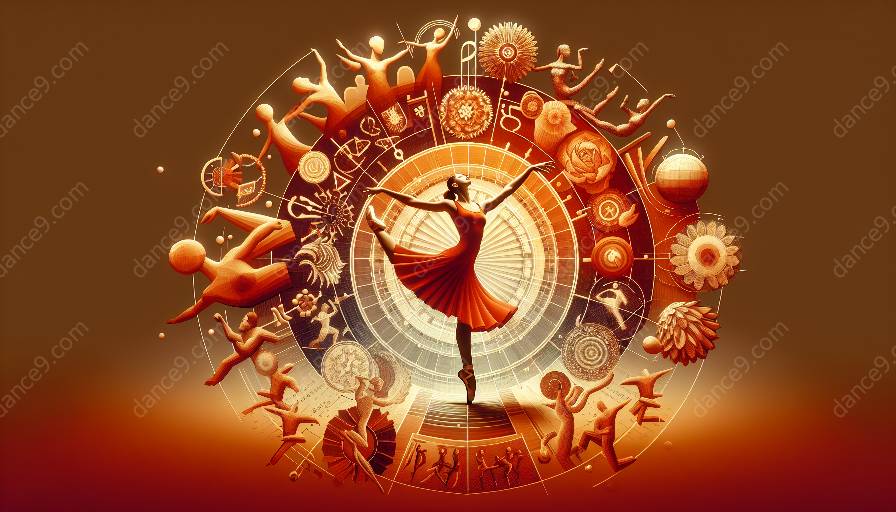Dance Anthropology and Dance Studies provide a fascinating lens through which to examine the influence of historical and traditional dances on contemporary dance forms. Throughout history, dances have evolved and intermingled, creating a rich tapestry of movement traditions that continue to influence modern choreography and performance. This article delves into the interconnectedness of dance across time, exploring how the past informs the present in the realm of dance.
Understanding Dance Anthropology
Dance Anthropology is the study of dance in its cultural and social contexts. It examines the significance of dance within communities, traditions, and rituals, shedding light on the ways in which dance reflects and shapes human experiences. In the realm of historical and traditional dances, dance anthropology offers insights into the origins, meanings, and roles of various dance forms, providing a solid foundation for understanding their impact on contemporary dance.
Exploring the Roots of Dance
To comprehend the influence of historical and traditional dances on contemporary forms, it is essential to delve into the roots of dance. Across cultures and civilizations, dance has served as a means of expression, storytelling, and connection. Traditional dances often carry deep historical and cultural significance, embodying the narratives, beliefs, and values of the societies from which they originate. Historical dances, on the other hand, represent the evolving forms of movement that have shaped the choreographic landscape throughout the centuries.
Shaping Contemporary Dance Practices
Contemporary dance forms bear the imprint of history and tradition, as they draw inspiration from a myriad of sources. The movements, motifs, and themes found in historical and traditional dances often find their way into contemporary choreography, contributing to the rich tapestry of movement vocabulary available to modern dancers and choreographers. Whether through direct incorporation or reinterpretation, historical and traditional dances continue to shape and influence contemporary dance practices.
Case Studies in Dance Evolution
By examining specific examples of dance traditions and their impact on contemporary forms, we can gain a deeper understanding of the dynamics at play. Case studies may explore how traditional African dance forms have inspired contemporary African dance companies, or how ancient ritual dances have been reimagined within the context of modern dance theatre. Through such investigations, we can observe the ways in which historical and traditional dances have made their mark on the ever-evolving landscape of dance.
The Interdisciplinary Nature of Dance Studies
Dance Studies, an interdisciplinary field, offers a holistic perspective on the evolution of dance forms. Drawing from history, anthropology, sociology, and other disciplines, dance studies provide a comprehensive framework for examining the interconnectedness of dance across time and space. By integrating historical and traditional dance forms into the broader discourse of dance studies, we can appreciate how these forms continue to contribute to the diversity and dynamism of contemporary dance.
Conclusion
The influence of historical and traditional dances on contemporary dance forms is profound and multifaceted, as these forms resonate across time and space, shaping the creative expressions of the present. By embracing dance anthropology and dance studies, we gain valuable insights into the rich tapestry of movement traditions that continue to inspire and inform contemporary choreography, breathing new life into age-old dances and nurturing the ever-evolving art of dance.

















